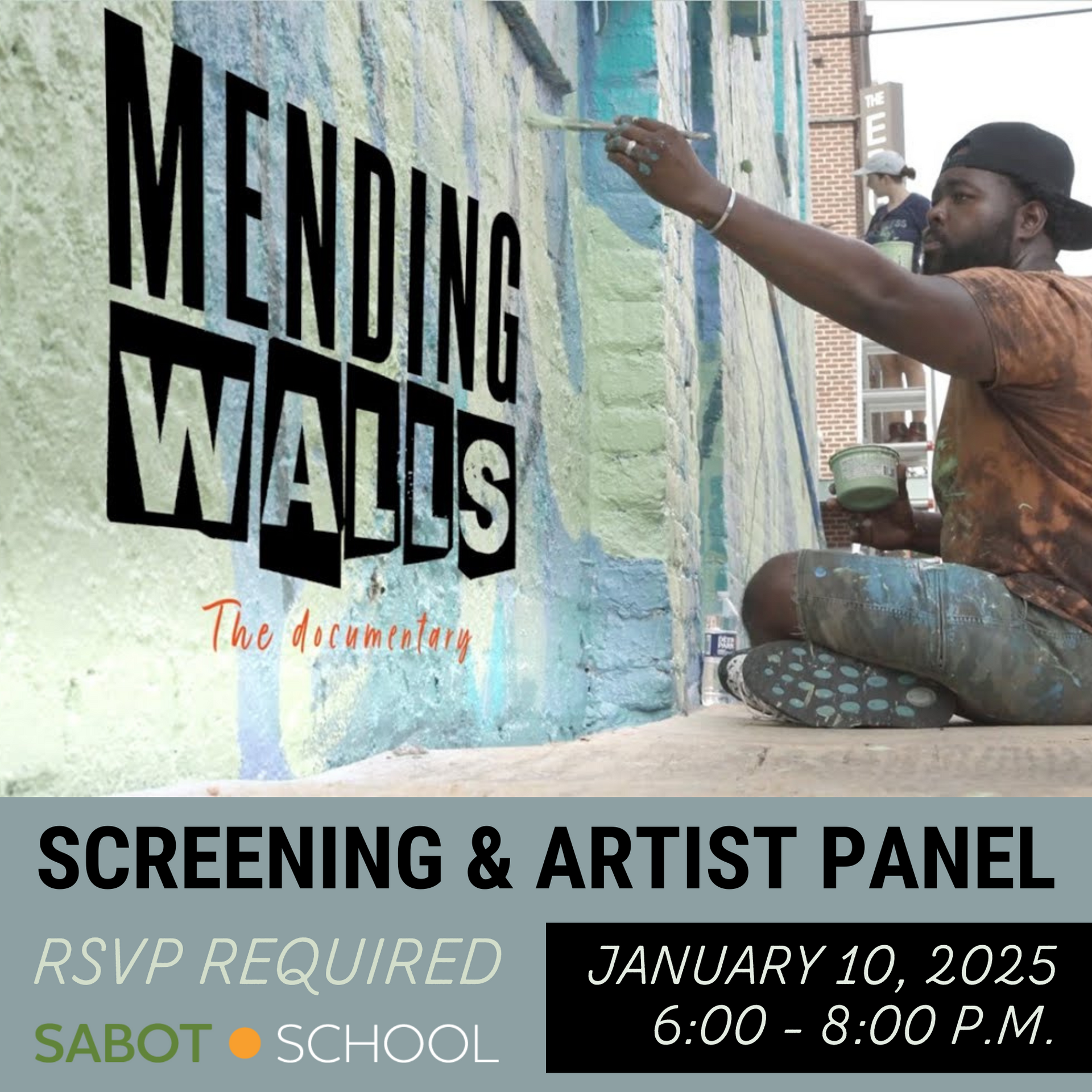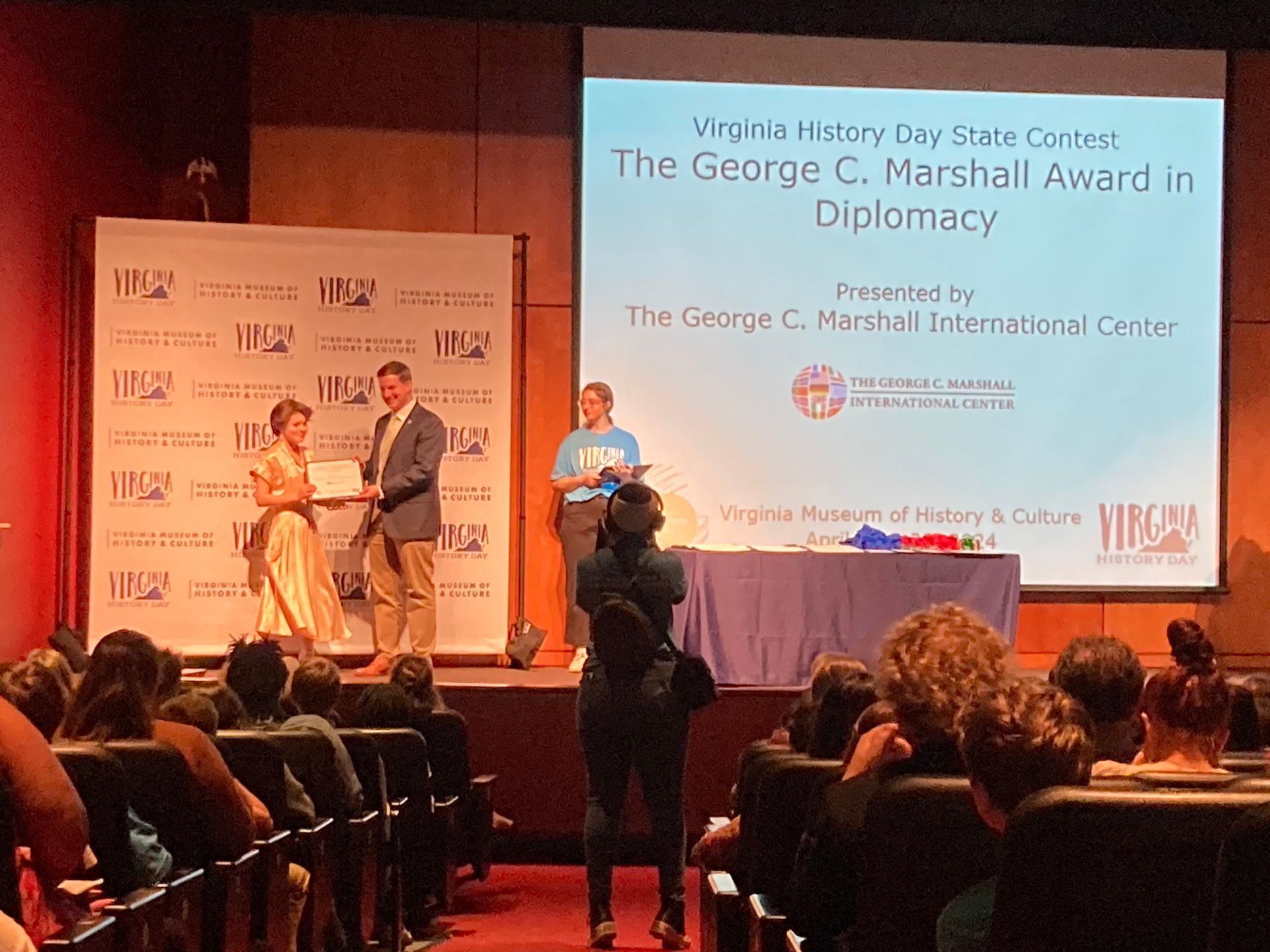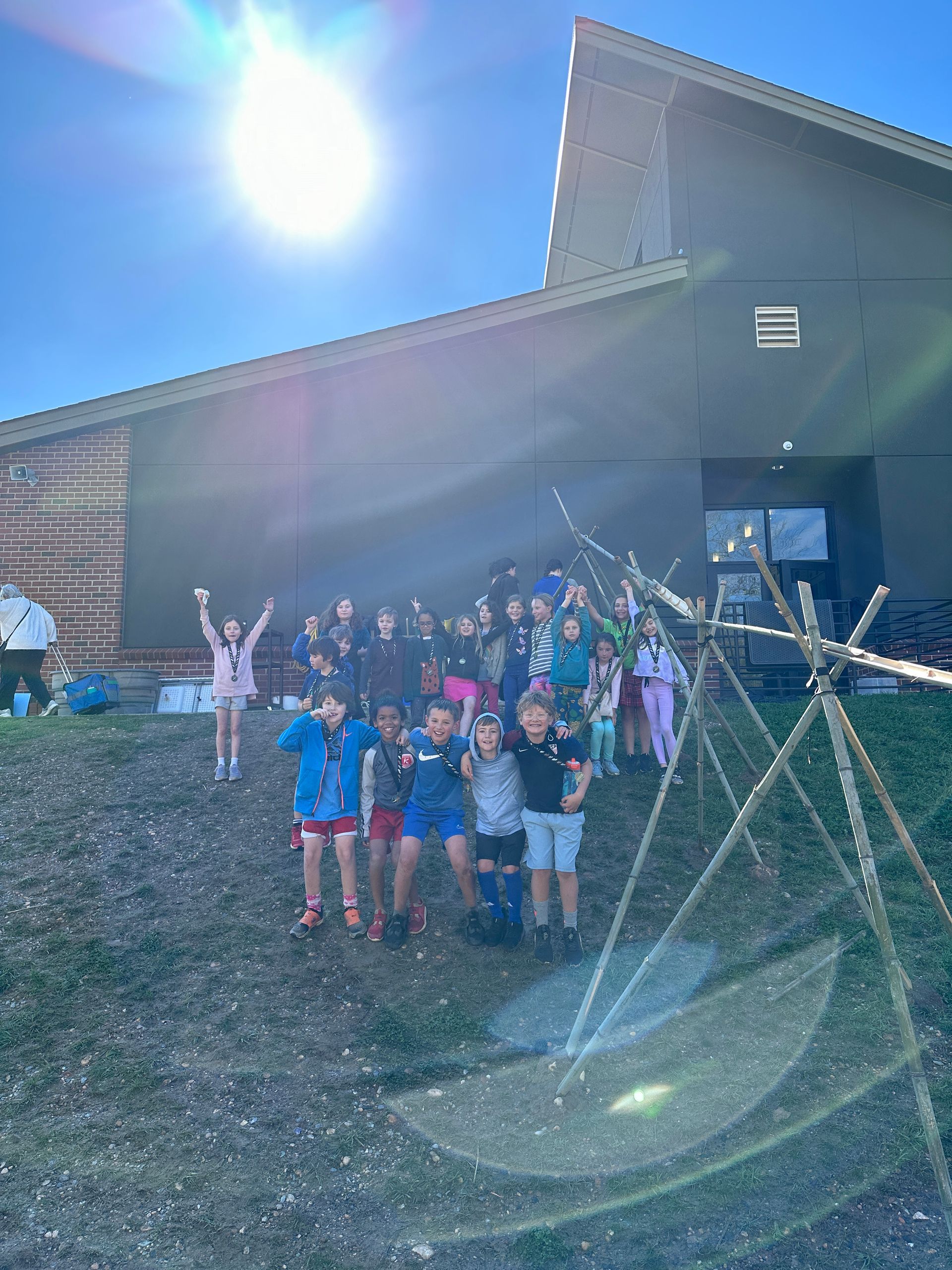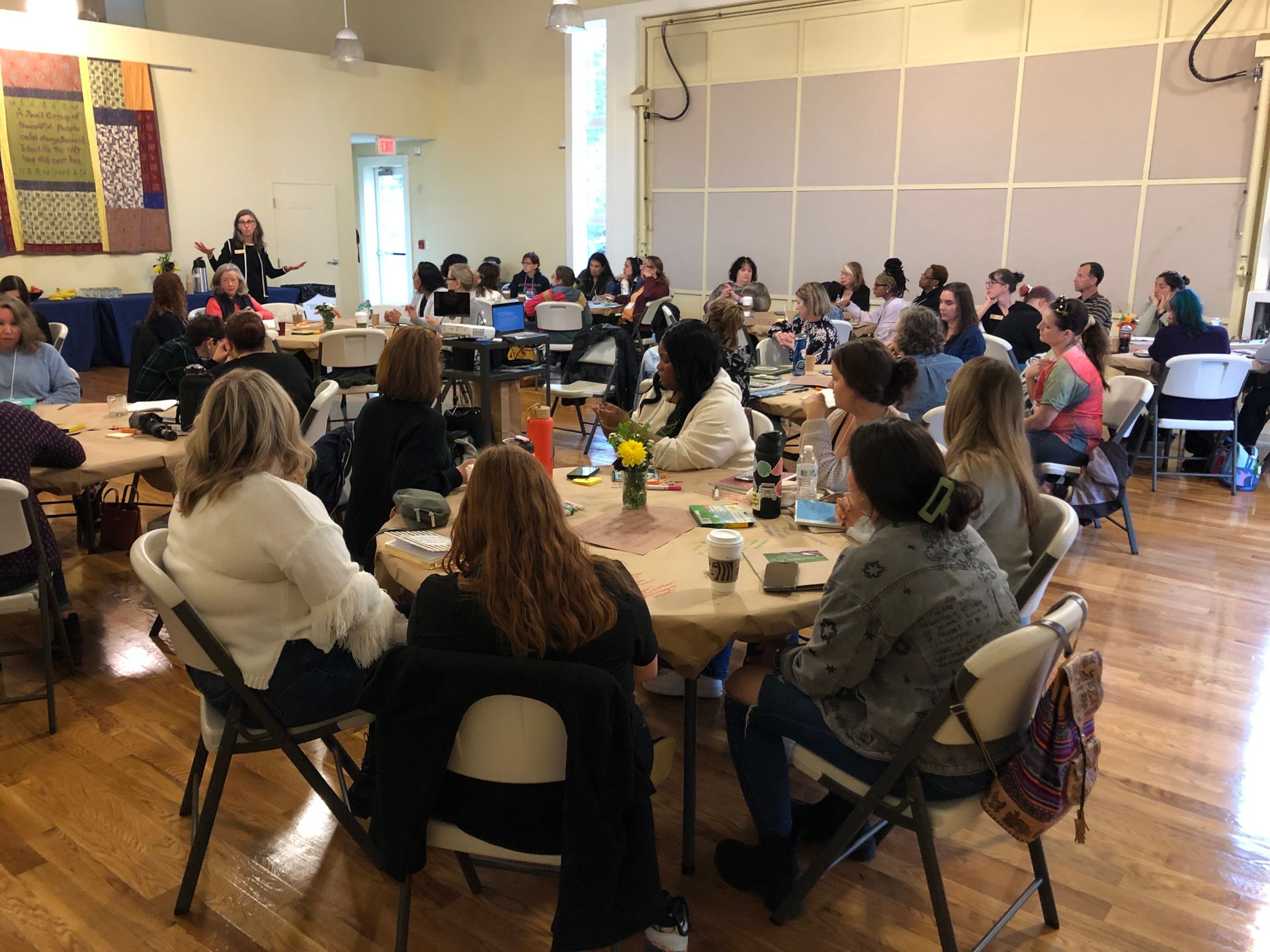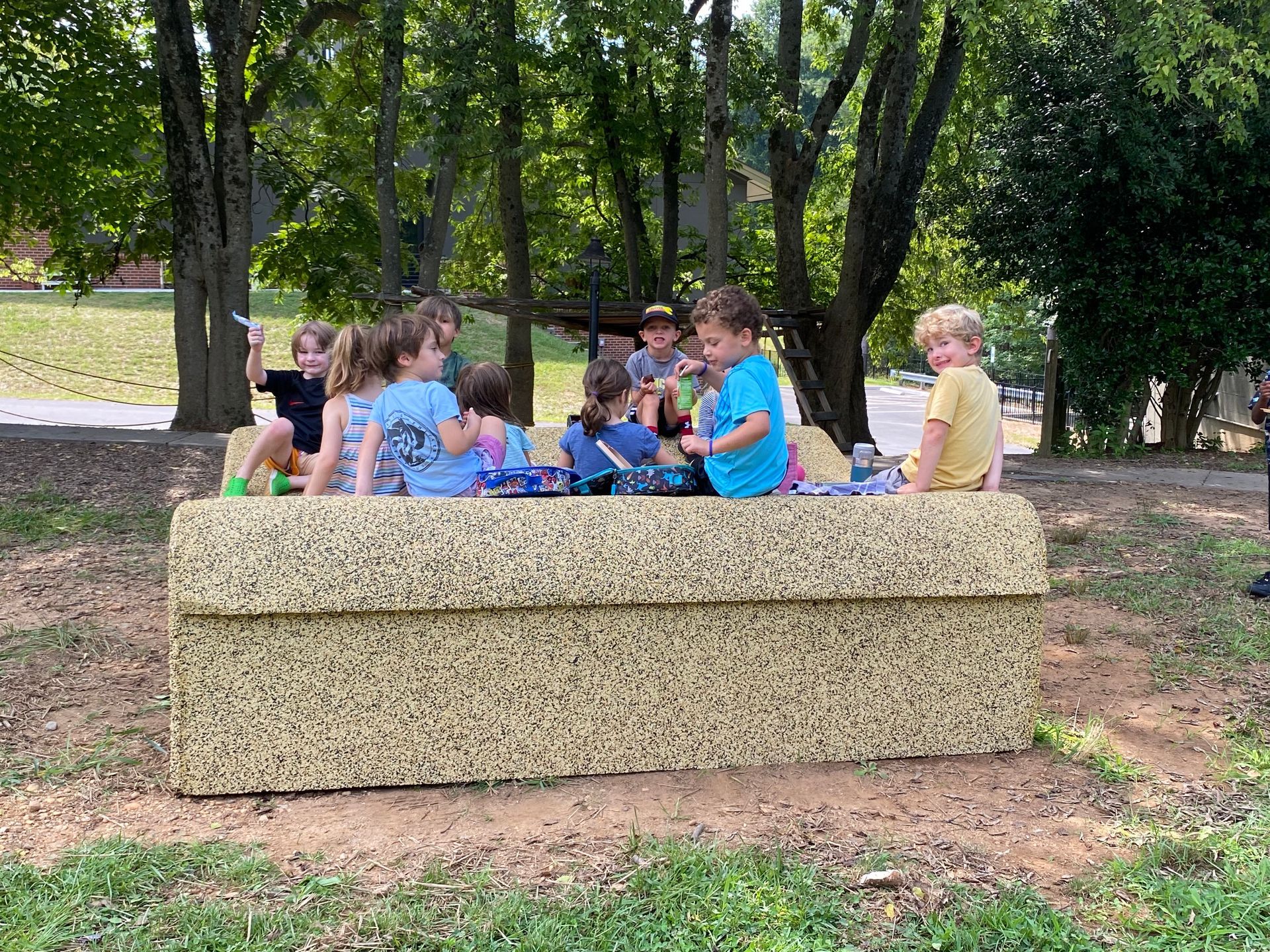Our Class Crest
At the start of each year, we come up with agreements or guidelines that we want to establish for our community. This is an activity that could easily become perfunctory so we intentionally decided to slow down the process, both to emphasize the importance of the agreements as well as to make them more meaningful to the children.
We spent a few minutes over the course of a week just brainstorming on large scrap paper, recognizing the fact that oftentimes ideas need time to percolate.

Knowing that we needed to condense our ideas, children began to notice that many of the ideas belonged in the same family. We typed up their ideas on strips of paper and had the children sort them into categories that we developed with their help.
We were left with these five agreements:
- Respect others
- Be safe
- Be kind
- Take care of classroom materials
- Have good sportsmanship
The teachers initially hoped that the children might be able to condense them down to three agreements — three agreements would certainly be easier to remember than five! So we posed the question to the children — could any of these five agreements go together? This is when the children began to notice many relationships between the agreements:
“When you are respecting others, you are being kind.”
“When you have good sportsmanship, you are respecting others.”
“Having good sportsmanship means you should be safe!”


The relationships they recognized between these agreements prompted us to think of creating a visual image to represent our agreements. What are ways that a group of people communicate their values? A second grade family coat of arms or crest came to mind. We knew that the process of translating ideas into visual symbols would not be easy but would afford them an opportunity to process the agreements on a deeper level.

We began by looking at crests of a few countries and they enthusiastically offered ideas on what the symbols on the crest might mean. We then challenged them to come up with rough drafts for symbols that could represent our agreements and to submit their ideas anonymously into a class “idea box.” We emphasized that these were ideas that we were offering to the group without laying claim to them.

Some of the submissions

Silent voting

Tallying the votes
We were amazed at how well the children understood the democratic nature of this process — no one “cheered” that their vote won, or expressed disappointment that the symbol they had drawn did not get chosen. The process has become proof of the value and power of thinking together as a group — a good reference point for our work as a community the rest of the year.

The final product is a culmination of the work of a design team, who created the shape of the crest and redrew and arranged the chosen symbols and the paint team, who traced the crest and painted it in colors they chose together.
As always, we find that when we slow things down and give children the opportunity to revisit an idea in more than one medium, the learning is deeper and richer and in this case, gives the children more ownership. One child, as she painted the crest said, “This should be the crest for the whole world!” We agree.
The post Our Class Crest appeared first on Sabot at Stony Point.
SHARE THIS POST
